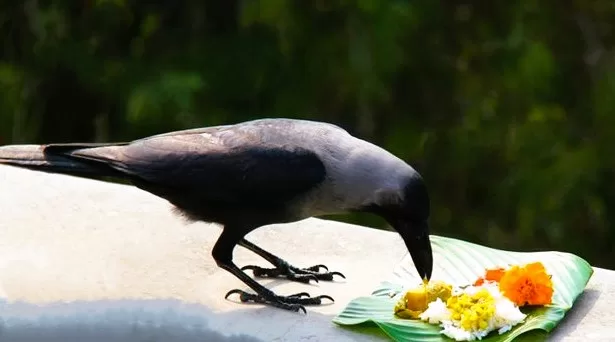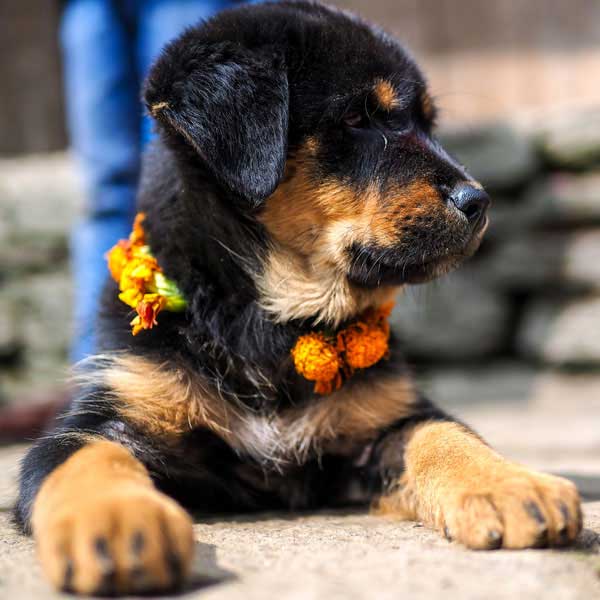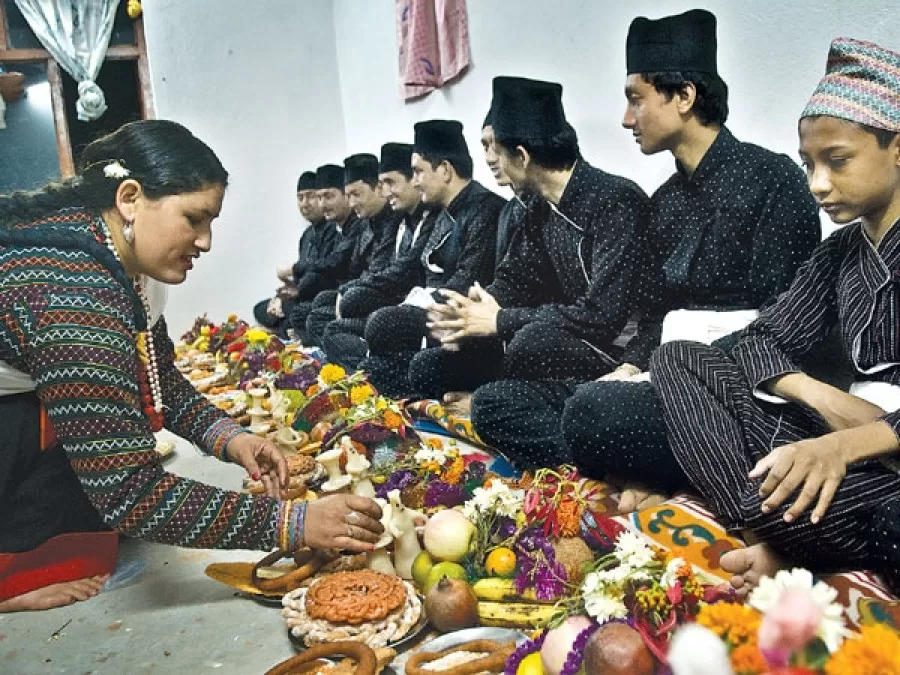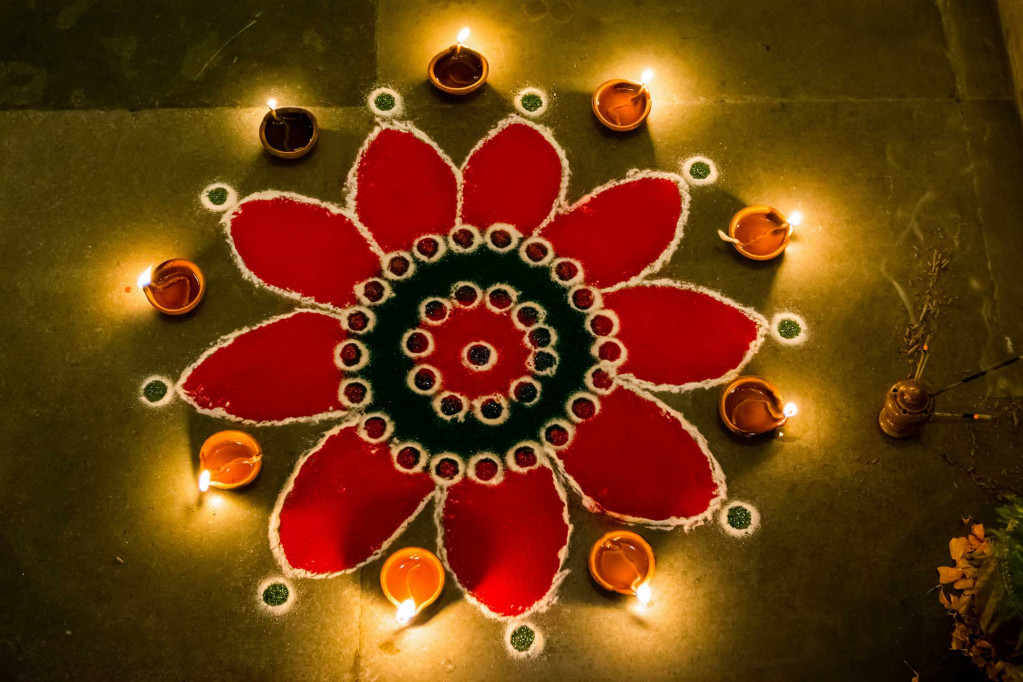Tihar, also known as Deepawali and Yamapanchak, is a vibrant five-day Hindu festival celebrated with great enthusiasm in Nepal. This festival, which falls between October and November each year, is the second most important festival in Nepal after Dashain.
Significance and Celebrations
Tihar is analogous to the Indian festival of Diwali, the festival of lights, but with some significant differences. Like Diwali, Tihar is marked by lighting ‘diyo’ (clay lamps) inside and outside homes. However, unlike Diwali, the five days of Tihar include celebration and worship of four creatures associated with the Hindu god of death, Yama, with the final day reserved for people themselves.
The festival begins with Kaag (crow) Tihar on Trayodashi tithi of Kārtik kṛṣṇa pakṣha (the 13th day of the waning moon) and ends with Bhai Tika on Dwitiya tithi of Kārtika śukla pakṣa every year.
Unique Traditions
One of the unique aspects of Tihar is the reverence it shows not just to the gods, but also to animals such as crows, cows, and dogs that have long-lived alongside humans. On the first day of Tihar, known as Kaag Tihar, crows and ravens, believed to be the messengers of the death god Yama, are worshipped with offerings of grains, seeds, and sweets placed on the roofs or out on the streets.
Nepalis also make patterns on the floors of living rooms or courtyards using materials such as colored rice, dry flour, colored sand, or flower petals, called Rangoli, as a sacred welcoming for the gods and goddesses, particularly Lakshmi.
Modern Celebrations
In recent years, the Nepal government has placed a ban on the use of firecrackers during the festival, citing increasing cases of injury. Despite the ban, both children and adults continue the tradition of going from house to house, joyfully singing the famous “Deusure” and “Bhailo” songs, and kindly asking for gifts in the form of money and food. Gambling in the form of cards, kauda (a game of cowrie shells), or langur burja are popular pastimes during the festival.
Celebrations Across Communities
The various communities in Nepal celebrate Tihar in various ways. The festival is popularly referred to as Swati among the Newars and as Deepawali in the Terai region of Nepal. Khas-Arya Nepalis and Nepalis within the Plains of Terai make patterns on the floors of living rooms or patios using materials such as colored rice, dry flour, colored sand, or flower petals, called Rangoli, as a sacred area of welcome for gods and goddesses, particularly Lakshmi.
On this auspicious festival of light, may the glow of joy, prosperity, and happiness – Illuminate your days in the year ahead. Happy Tihar ! -Global News Break
Day 1: Kaag Tihar

The first day of Tihar is called Kaag (raven) Tihar. Crows and ravens, believed to be the messengers of the death god Yama, are worshiped with offerings of grains, seeds, and sweets that are placed on rooftops or in the streets. By feeding the crows, the devotees hope to appease them and avoid death and pain for the next year.
Day 2: Kukur Tihar

The second day is known as Kukur (dog) Tihar, also called Khicha Puja by the Newars. Nowadays, all dogs, be they pets or strays, are offered treats and are worshiped by placing a tika on their forehead and garlands of marigolds around their necks. This day marks the special relationship between humans and dogs, where dogs are celebrated for their loyalty, service, and companionship.
Day 3: Gai Tihar and Lakshmi Puja

The morning of the third day is called Gai (cow) Tihar. The cow is an especially important animal in Hinduism and is considered sacred. The cow is the ‘Vahan’ of the goddess of wealth Lakshmi and therefore is also related to prosperity. Hindus revere the cow as a very docile animal that provides tons of necessities. The cow produces milk, cheese, ghee, urine, and manure. While the first three are often eaten, urine is believed to have beneficial effects, and thus manure is burned for fuel or used as fertilizer.
The third day is also considered the most important day of the Tihar festival. Lakshmi, the patron goddess of the festival, is welcomed into the houses that are cleaned, and hence the doors and windows decorated with garlands made from marigolds. Diyas are placed throughout the house, especially on doors and window sills, while electric lights are placed over houses in the belief that the goddess will not visit dark houses. At night, the young women roam the neighborhood, singing and dancing during a tradition called bhailo.
Day 4: Govardhan Puja and Maha Puja

On the fourth day, the ox is worshiped as it is a very useful animal in different agricultural jobs in Nepal, which is part of an agricultural society. People also do Govardhan puja with replicas of Govardhan Mountain made from cow dung. People prepare a mixture of cow dung and ocher in paste form and apply it in the backyard of their houses and on the flats today. Similarly, the Newar community celebrates Mha Puja on the fourth day of Tihar. Maha Puja refers to self-worship, making an offering to the body.
Day 5: Bhai Tika

The fifth and Judgment Day of Tihar is called Bhai Tika or Kija Puja in Nepal Bhasa. On this last day, which is widely known with much fanfare across the country, the brothers and sisters mark their special bond by worshiping each other.
On the fifth day of Tihar, the sisters create a protective barrier of water and blessed oil around their brothers, surrounding them several times. A special garland made from the Makhamali flower (Gomphrena globosa) is placed around the brother’s neck, as this flower is known for its long life. The tika placed on the brother’s forehead is also unique, as it consists of seven different colors. Also, the brother places the tika on the sister’s forehead.
The ceremony is performed regardless of whether the brother is older or younger than the sister and first cousins or cousins are also eligible for the ceremony. At the top, the brother touches the feet of his sisters with his forehead, which means love, respect, and devotion.
The brothers receive a variety of cooked foods such as Sel roti, fruits, packaged foods, and Dhaka topi (Nepal-made cap) while the sisters receive cash or other gifts such as clothing.
In Tihar’s Bhaitika, the tradition of placing a Dhaka topi (hat) on a brother’s head holds a distinct significance. Similar to the hat itself, the Dhaka topi is presented as a gift, conveying a symbolic message that the brother’s head should be held high. Conversely, some believe that during Bhaitika, the head of a relative should not remain bare, and this is the rationale behind the tradition of wearing hats.
A global media for the latest news, entertainment, music fashion, and more.




